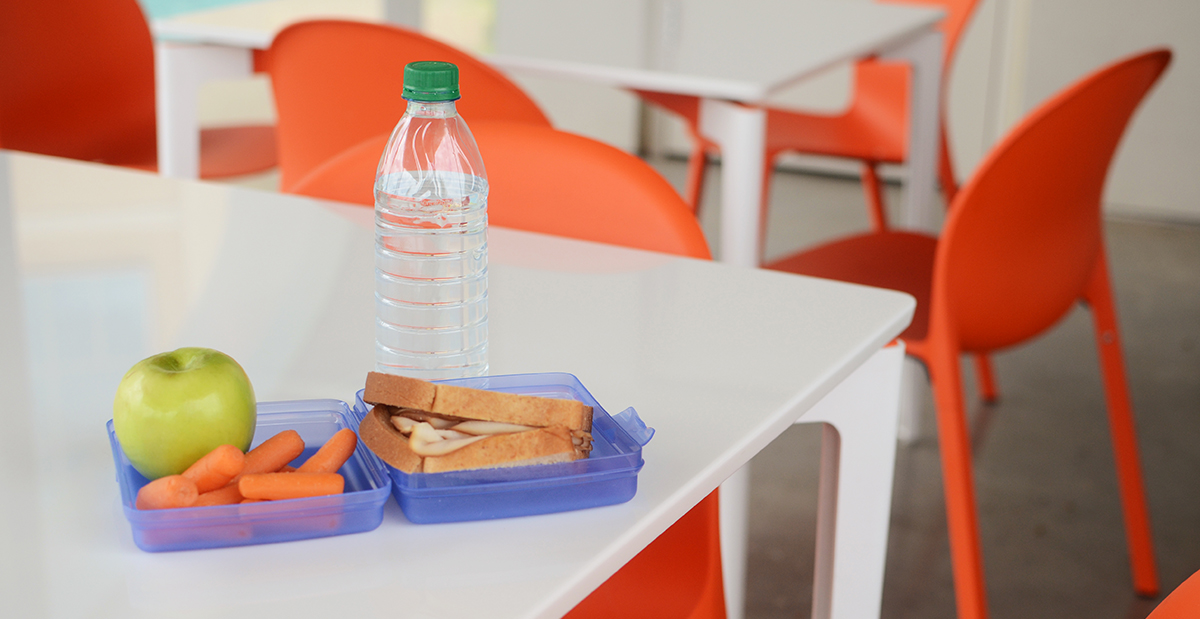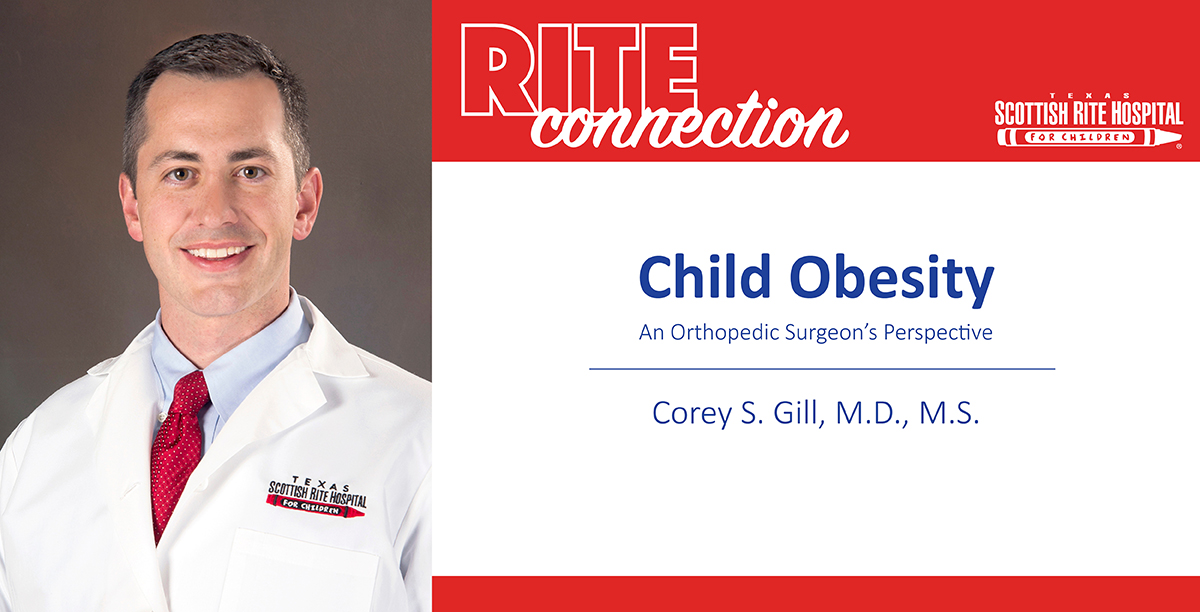With the start of the new school year upon us, it is important to fuel active children and young athletes’ bodies with the proper food. From healthy snacks to making sure you are drinking enough water, our team has the tips on setting your adolescent up for success....




